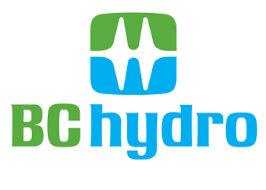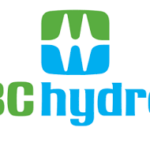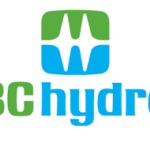Everything you need to know about the TV transition and were afraid to ask
With a large percentage of West Kootenay-Boundary people still plugged into free television, an important deadline is looming.
The transition to digital TV is coming this September. Over-the-air TV signals switch to digital from analog transmission as of Thursday morning in most major cities across Canada.
The federal government and the CRTC mandated the change in order to free up broadcast spectrum.
Here are the basics:
Who cares about this story?
Any TV viewer in a major centre who uses rabbit ears or a rooftop antenna (ie. doesn’t have cable or satellite). If they’re not ready, their TVs will show nothing but static after today.
As well, techies and anyone who likes getting stuff for free will be interested. The new digital over-the-air (OTA) channels are beautiful to look at, once you have the simple equipment needed to pull in the signals over the air.
What do you mean by major centre?
Any provincial capital, any city with more than 300,000 and/or any city with more than one local station. Some stations in other communities are also going digital. Check with your local station(s) to confirm.
What equipment do you need to get the new free signals?
Either
- a TV bought in the last three to four years (sometimes advertised as an HD TV) that has a digital receiver; or
- a converter box with two wires: one that attaches to your antenna, and the other to the back of your older TV (where you would hook up cable if you subscribed). Digital converter boxes are available at most electronics stores.
Aren’t all TV stations going digital?
No. This transition affects local, over-the-air stations only, and mostly only those in major centres.
What happens to local stations not going digital?
They can stay the way they are, at least for now. For example, CBC is not going digital in Saskatoon, London, Quebec City or Saint John.
If you watch CBC over the air in those cities, you should be able to continue to watch them the same way as ever. They may have to reduce power to avoid interfering with stations going digital (ie. in Saskatoon), so the signal may not be as strong as before and there’s a chance it won’t reach you anymore.
Some stations, including Global stations in smaller communities, will be going digital over the next five years. Because of aging equipment and a lack of replacement parts, the old analog transmitters will likely be shut down over the next couple of years.
If they are not replaced with digital transmitters, the signals will no longer be available for free over the air. Thousands of Canadians will lose access to free TV signals over the next few years.
Who gets the channels that don’t go digital?
The government will soon auction off the airwaves that are no longer used for TV. Most of these airwaves, known as frequencies, will be snapped up by cell phone companies for wireless services.
The government is expected to generate billions of dollars in revenue from the auction; so far, none of that money is being earmarked to improve Canadians’ access to free TV signals or high-speed internet.
What is digital TV?
Digital TV, or DTV, is a new format for broadcast television that allows high-definition video (HDTV) and surround-sound audio to be sent over the air for free, without cable or satellite service.
DTV uses less bandwidth than analog TV. Regulators are reallocating that bandwidth for other purposes, such as advanced internet wireless and emergency public safety services.
























